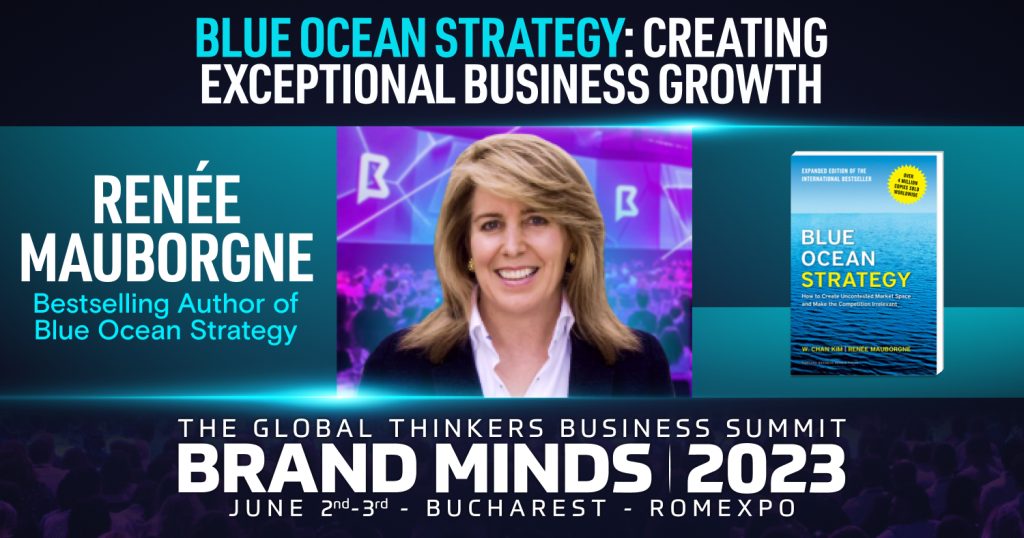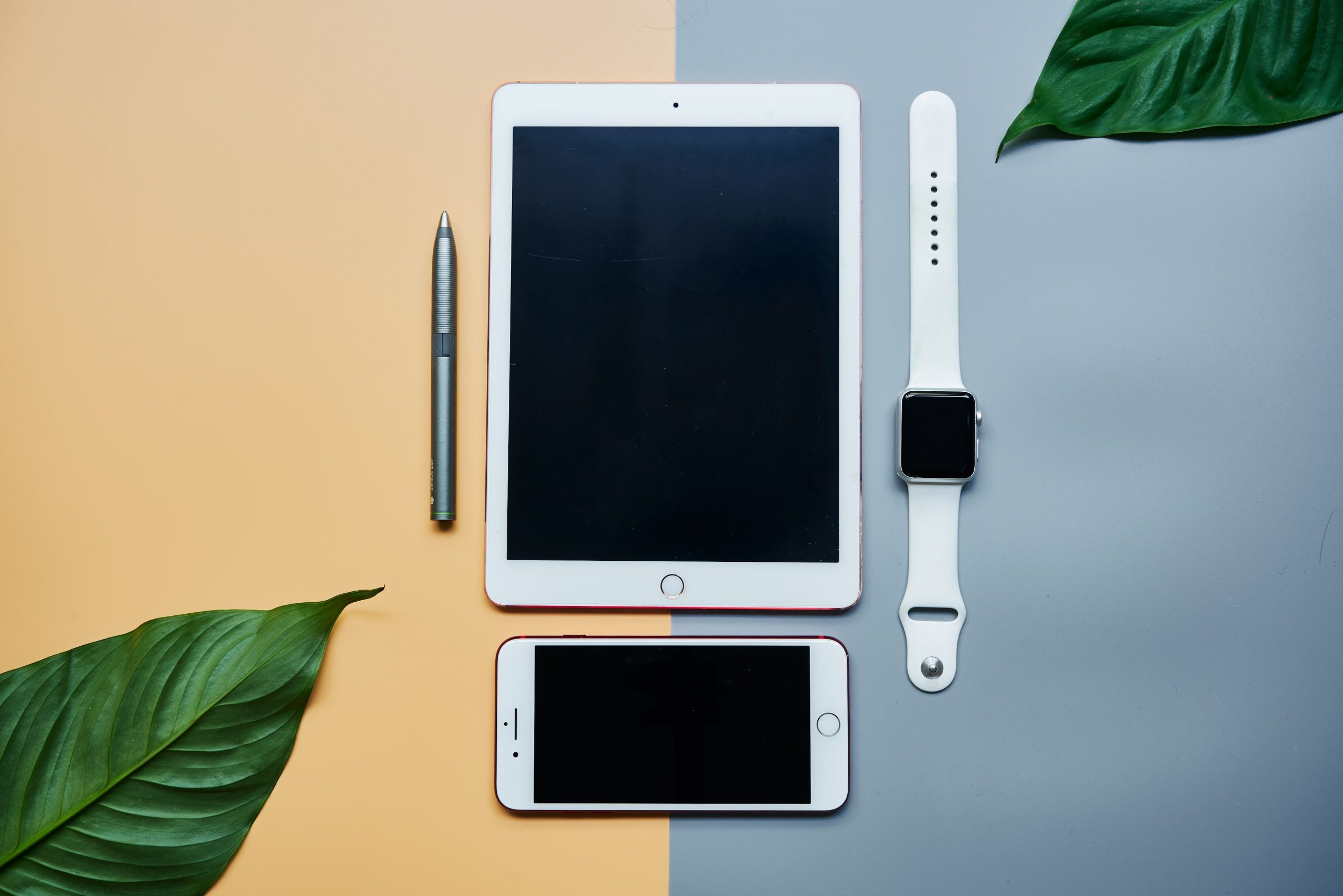What growth strategies does Apple use? Let’s find out by applying the Ansoff Matrix framework.
What is the Ansoff Matrix?
The Ansoff Matrix is a strategic planning tool that provides a framework to help executives and managers devise strategies for future growth.
Also called the Product/Market Expansion Grid, the Ansoff Matrix is a method for measuring the profit potential of alternative product-market strategies.
There are 4 growth strategies within the Ansoff Matrix:
- market penetration,
- market development,
- product development,
- diversification.
What growth strategies does Apple use?
In 2018, the 45-year-old tech giant became the first US company to hit the $1 trillion milestone.
Last year, Apple surpassed it when the company registered a new record: a $2 trillion valuation on the stock market.
Let’s see how Apple is growing according to the Ansoff Matrix.

Join BRAND MINDS 2023.
Ansoff Matrix for Apple – Market penetration
Market penetration is about increasing sales.
Thanks to the iPhone, Apple’s core product, the company has ranked among the Top five smartphone vendors in the world since 2009.
Apple’s main strategy for increasing iPhone sales every year is a combination of pricing strategy, product innovation and community leveraging.
Apple has been growing a strong community of die-hard passionate fans since the early 1980s when Guy Kawasaki became the brand’s chief evangelist.
He was the first to understand how valuable an engaged community is for the brand. Through his EvangeList, a mailing list that brought together all Apple fans around the world, he managed to influence and inspire the Apple community with the purpose to support and defend Apple’s products and brand image.
When Apple launches a new iPhone model every year, these fans are the first customers to purchase the product. They are the early adopters, fully dedicated to the brand. To the rest of the world, the launch price of a new iPhone might seem very high. iPhone fans see a different story, one of emotional engagement, excitement and the feeling of participating in a historical event. Owning an iPhone also makes a statement about you as an individual.
When a new iPhone is launched, the previous model decreases in price thus driving a continuous flow of new and old smartphone sales.
Ansoff Matrix for Apple – Market development
Market development is about selling existing products in new markets.
The latest figures from market research showed that the iPhone 11 was the most popular model of all smartphone brands sold on the Chinese market in 2020 (source). China is Apple’s second largest market following the US.
How did Apple expand its business to China?
Apple entered the Chinese smartphone market in 2010. Within five years, Apple’s sales in the region grew more than 20-fold (source).
What was behind Apple’s amazing success in China?
Great timing!
Apple began tapping into the Chinese market around the time the country’s economy was seeing a resurgence due to the rising world demand for consumer electronics.
The Chinese urban middle class was beginning to form. And they had money to spend. The iPhone was one of the consumer goods they could now afford to buy as a symbol of wealth and status.
In recent years, with the rise of strong competition from Huawei and Samsung, sales in China have been stalling.
It’s time for Apple to expand into a new country and India has shown increased demand for Apple products through the company’s third-party partners.
CEO Tim Cook announced last year that the tech giant would be opening its first flagship store in India by the end of 2021.
Ansoff Matrix for Apple – Product development
Product development is about developing new products in the same market.
How much does Apple invest in research and development?
Apple Inc. spent a record $18.75 billion on research and development in its 2020 fiscal year, increasing by about $2.5 billion from its 2019 total (Statista). It’s more than Samsung ($18.6 billion) but less than Huawei ($20 billion), Apple’s main competitor.
Looking outside the smartphone industry, to the tech companies that make up the Big Five list, Apple is yet again not the biggest spender on R&D: in 2020, Amazon spent $42 billion and Google, $27 billion.
Apple has been launching new products in every one of its product lines every year since the company’s foundation four decades ago.
Apple I, the first personal computer created by Steve Jobs and Steve Wozniak in 1977 was not the first personal computer ever to be commercialized on the market.
Four years earlier, Xerox had launched Xerox Alto. The Alto had innovative features like a graphical user interface (GUI), a mouse, large internal and external memory storage and specific software.
Yet the launch of Apple’s computer marks the beginning of the personal computer industry.
MacBook Air, Apple’s latest laptop launched in the Fall of 2020 currently ranks at #1 in the top 3 best laptops in the world.
Apple has set out to make only great products by constantly focusing on innovating.
Ansoff Matrix for Apple – Diversification
Diversification is about developing new products in a new market.
Apple began diversification early on.
Throughout its history, the company has produced a wide range of products like drives, printers, modems, displays and gaming consoles which were later discontinued.
Starting with 2001, Apple has developed innovative product lines like the iPod (2001), the iPhone (2007), the iPad (2010), the AppleWatch (2015) and the smart speaker HomePod (2018).
What makes Apple so prolific and innovative?
Its strategic approach to R & D. Apple doesn’t innovate to be the first; it innovates to be the best.
The iPhone was not the first smartphone on the market when it launched in 2007. There were smartphones manufactured by brands like Nokia, Samsung, Sony Ericsson and Motorola. Yet, the iPhone set a new standard in the industry and quickly became a trendsetter.
It all comes back to not being the first, but being the best.
Here’s what Apple CEO Tim Cook said in an interview in 2015 regarding how the company decides what new products to develop next:
When Apple looks at what categories to enter, we ask these kinds of questions: What are the primary technologies behind this? What do we bring? Can we make a significant contribution to society with this? If we can’t, and if we can’t own the key technologies, we don’t do it.
What is Apple going to make next?
As different as the current product lines are, they belong to the same market: consumer electronics. They are, as the experts say, related diversification.
Over the past year, rumours have been circulating about Apple going outside its main market, in an unrelated diversification effort and building a car, more specifically, a self-driving electric vehicle.
In a market dominated by Tesla, what would the Apple Car look like?
What innovation will the car bring into the market?
What significant contribution to society will the Apple Car make?
We don’t know yet.
But if we are to believe Mr Cook’s statement, it should be big enough to blow the competition out of the water.
Join the Conversation
We’d love to hear what you have to say.
Get in touch with us on our LinkedIn Page, Facebook Page, Twitter or TikTok.





















